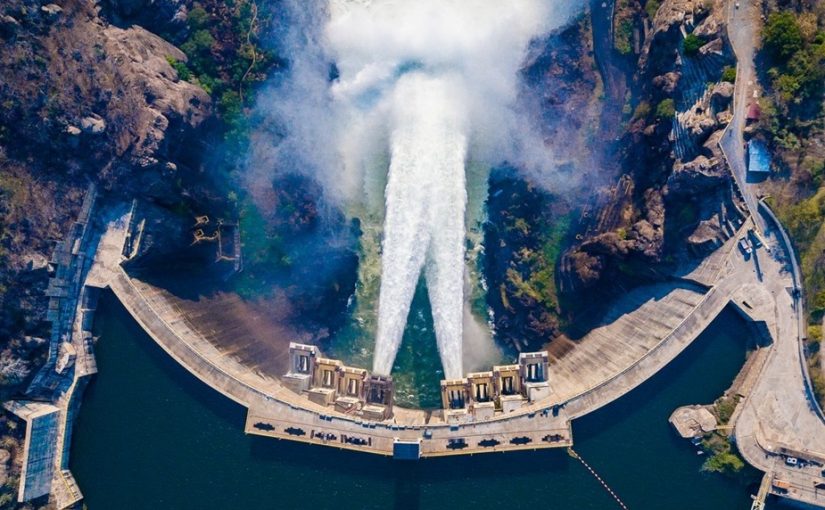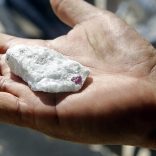Mozambique: EDM wants to ensure power supply in anticipation of industrial production needs
Mozambique’s Cahora Bassa to build technological museum, issues project tender

File photo: Hidroeléctrica de Cahora Bassa
The Cahora Bassa Hydroelectric Company (HCB), which operates one of Africa’s largest dams, in central Mozambique, plans to build a technological museum to “preserve and showcase the history” of the project, the company announced on Wednesday.
According to the public tender notice published for the project concept, HCB intends to create a landmark Technological Museum, designed as an iconic infrastructure and aimed at preserving for the benefit of society the history of the dam while projecting the future through innovation.
The notice adds that the future museum “should establish itself as a cultural and architectural symbol, incorporating physical, digital and travelling solutions”, and will also serve “as a platform to promote cultural and scientific tourism, strengthening the connection between technology, community and territory”.
Located in the town of Songo, Tete province, the dam is described in the tender as “one of Africa’s greatest engineering works, and a symbol of Mozambique’s and the region’s energy, technological and sustainable development”.
“Its legacy constitutes industrial archaeological heritage of high historical, scientific and cultural value, while also driving the development of Songo town,” the notice reads.
The proposed museum will include, among other facilities, a restoration and conservation workshop, spaces for temporary and permanent exhibitions, a library, an auditorium and an interactive area.
HCB currently provides more than 80% of Mozambique’s electricity, which is also supplied to neighbouring countries, and has paid approximately €1.59 billion to the Mozambican state since 2007.
The Cahora Bassa reservoir is Africa’s fourth largest, stretching up to 270 kilometres in length and 30 kilometres in width, and covering 2,700 square kilometres with an average depth of 26 metres. The company employs nearly 800 workers and is one of the largest electricity producers in southern Africa.
The dam is located in a narrow gorge of the Zambezi River. Construction took place between 1969 and 1 June 1974, during the Portuguese colonial period, followed by the filling of the reservoir. Commercial operation began in 1977 with an initial output of 960 MW from three generators, compared with the current installed capacity of 2,075 MW.
Despite these results, HCB has acknowledged challenges in electricity production and distribution due to low rainfall, which has led to reduced water storage levels.
HCB is 85% owned by the state-run Zambezi Electric Company, 7.5% by Portugal’s Redes Energéticas Nacionais (REN), and holds 3.5% of its own shares. The remaining 4% is held by Mozambican citizens, companies and institutions.
The 2007 HCB reversion agreement transferred control of the dam from the Portuguese state to the Mozambican counterpart, an event described by then-President Armando Guebuza as Mozambique’s “second independence”.













Leave a Reply
Be the First to Comment!
You must be logged in to post a comment.
You must be logged in to post a comment.